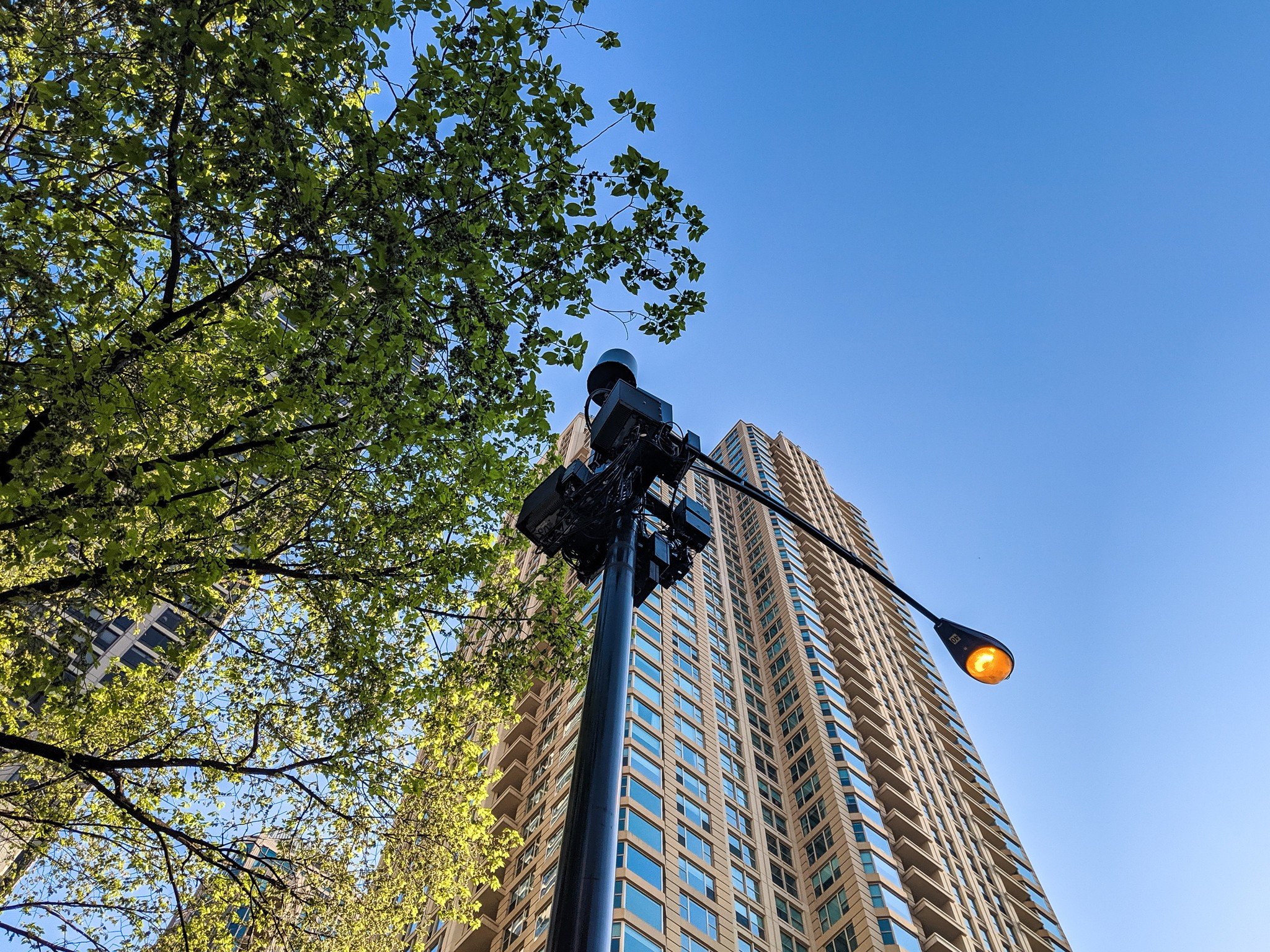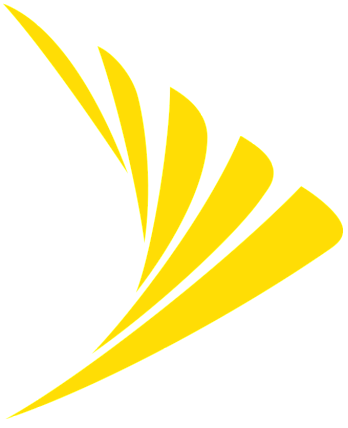5G is the next big race for wireless service providers. Verizon and AT&T jumped ahead early but more recent progress in sub-6 5G from Sprint and AT&T could change things quite a bit. While we wait to see what a combined Sprint and T-Mobile network may look like, all major carriers are charging forward with 5G deployments in their own ways. This is how the networks are shaping up for customers right now.
Best overall: Verizon Ultra Wideband
Verizon is tackling millimeter wave head on. Millimeter wave 5G or what Verizon is calling 5G Ultra Wideband, or UWB, operates on large chunks of high frequency spectrum. UWB is capable of delivering huge speeds but falls short in coverage and building penetration.
Since coverage from each node covers less area, Verizon is going to need a lot of 5G nodes and is well on its way to building them. Building out a 5G network is a huge undertaking and Verizon has the reputation to suggest it's the carrier that's going to get it done quickly. Verizon already has service live in 10 cities with 14 more listed as coming soon.
Recent news has shown Verizon's UWB network easily surpassing the 1Gbps mark in speed tests with a solid connection. While they have been a little hasty announcing new cities with 5G thanks to only select parts of the cities having towers, the progress is promising to people looking to invest in the network of tomorrow.
To get the service you will need one of the top two unlimited plans and a compatible 5G phone or hotspot like the Galaxy S10 5G. There is also a home internet service available in select areas based on the 5G network.
Pros:
- Fast speeds
- 10 cities, 14 more announced
- Home service
- True unlimited on 5G
Cons:
- Less consistent coverage
- Expensive plans
- No coverage maps
Best Overall
Verizon Ultra Wideband
Available to all customers
All you need is one of the top two unlimited plans, a 5G capable phone, and a 5G tower nearby. Download faster than ever with a gigabit connection.
Most cities: AT&T 5G
5Ge is not true 5G. If you are using an older phone that says 5Ge on the top, you are most likely using what every other carrier calls 4G LTE Advanced. This is a good network and is as close to next generation networking as most AT&T customers can get. The fact remains, it isn't true 5G and isn't what is being discussed here.
AT&T is the first provider to commit to both millimeter wave, or mmWave as AT&T calls it, as well as sub-6 5G. AT&T's mmWave network has been tested by AT&T to reach 2Gbps but most of the time it will be closer to 1Gbps. Sub-6 5G is also in the testing phases and will vastly improve 5G coverage from each tower at the cost of top speed. It's a good way to fill in the gaps between mmWave towers.
With an impressive 21 cities featuring 5G service, AT&T is pretty far ahead however it's not ready for everyone just yet. You need to have a business account to get access to AT&T 5G devices and service. This isn't necessarily a bad plan allowing the network to mature before putting more people on it, but it makes it more difficult to recommend.
If I had an AT&T business account, I would definitely be interested in getting a 5G device thanks to the improvements it can bring to remote workers with the higher 5G speeds and lower latency. Once this network launches for all customers, it will likely be a major contender.
Pros:
- Fast Speed
- Millimeter wave and sub-6
- 21 cities
Cons:
- Only available to business customers
- No coverage maps
Most cities
AT&T 5G
5G for your business
If you are an AT&T Business customer and you need a network that's as fast as possible, AT&T 5G can help you with fast speeds on its mmWave network.
Widest in-city coverage: Sprint
Sprint manages to be one of the most promising 5G players with their sub-6 5G network deployed on their extra spectrum at 2.5Ghz. Sprint also runs some of its LTE coverage at this frequency meaning that Sprint has a pretty good idea of what kind of signal people can get.
When it comes to 5G, the fact of the matter is that sub-6 will likely never be as fast as 5G offered with millimeter wave deployments. As we observed in Chicago, Sprint's 5G speeds average around 150Mbps down and peak around 300Mbps. While this is definitely slower than the others, the fact of the matter is that most people won't notice a difference with speeds higher than this. It's more than enough for even Blu-ray quality 4K video streams and probably faster than your home internet.
Sprint currently has 5G service in nine cities and you only need to look at a coverage map to see how quickly 5G is filling in throughout the cities covered. Instead of a couple of blocks around a node, you can just use your phone normally with this iteration of 5G. It's probably the most ready for customers right now in deployed cities.
To get on Sprint 5G you'll need a 5G capable device such as the OnePlus 7 Pro 5G, and the top-tier Unlimited Premium plan. And of course you'll need to be in a covered area to use it.
Pros:
- Sub-6 means coverage
- Better building penetration
- Coverage maps
Cons:
- Lower speeds
- Requires most expensive plan
- No 5G exclusive features
Widest in-city coverage
Sprint 5G
The densest deployment
Sprint has made the most of its 2.5Ghz spectrum with its sub-6 5G service. You can expect speeds faster than LTE and a quick expansion to more cities.
Not quite ready: T-Mobile
The coverage maps tell most of the story here. T-Mobile is using millimeter wave 5G for its network however it started building that network a bit later than the rest. While it is nice that T-Mobile has at least released coverage maps so customers can be well-informed, the coverage gaps show just how much of an investment millimeter wave 5G can be.
Performance is about as good as you would expect with early tests showing the network easily delivering more than 1Gbps. This is great but you'll really want to disable the 5G radios in settings unless you know for sure that you have 5G service since most of your time will be spent without it outside of central New York City.
With some level of coverage in six cities, it is still possible to get some use of the network. Currently T-Mobile isn't selling its 5G network as complete and allows you to use it if you have a compatible phone with no arbitrary plan requirements. It is one of the easiest 5G networks to try out if you have a compatible phone such as the Galaxy S10 5G.
Pros:
- Millimeter wave speeds
- No special plan
- Clear coverage maps
Cons:
- Not much coverage
- Future expansion unclear
Not quite ready
T-Mobile 5G
More of a toy than a tool, for now
T-Mobile is the only carrier that allows your to try out 5G on all of its data plans. With clear coverage maps, there's no risk in trying out this 5G.
Bottom line
It may not be worth getting 5G service just yet, especially since phones that support the nascent standard are still very expensive and hard to come by. It's also worth remembering that Sprint and T-Mobile intend to merge into a single network in the future. A combined network would put them both in a more competitive position but we don't know when or if that's happening just yet.
If you live in an area served by Verizon's 5G network then that will likely be the most profound upgrade for you. While Sprint is covering more area with fewer towers, the speed upgrade may not be immediately apparent. At this time, it looks like Verizon Wireless has been pushing 5G further than anyone else, that is until the rest of us get to see what AT&T has been working on.
Credits — The team that worked on this guide
![]()
Samuel Contreras When Samuel is not writing about networking at Windows Central, he spends most of his time researching computer components and obsessing over what CPU goes into the ultimate Windows 98 computer. It's the Pentium 3.










0 Response to "You Can See More: What is the best 5G network in 2019?"
Post a Comment